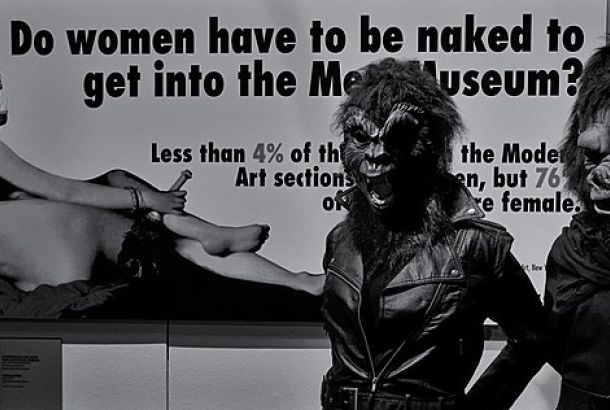Everyday Analysis: Charity
EDA: Charity
Charity, as a cultural practice, keeps evolving. One example of what it increasingly looks like is Benetton’s recent ‘Unemployee of the Year’ campaign. Last autumn, the Italian clothing retailer’s Unhate Foundation offered to fund 100 ‘creative’ projects proposed by unemployed young people around the world with 5000 € each. In the accompanying poster campaign, various doleful-looking but attractive people pose in corporate attire, like ‘Katerina, 30, non-manager from Greece’, ‘James, 23, non-sound engineer from the UK’, ‘Michaela, 29, non-photographer from Czech Republic’. The caption under each picture reads: ‘1 of the nearly 100 million people under 30 years of age in search of a job’.
What does this say about charity today? First, and most obviously, this kind of ‘brand-aid’ charity can barely disguise what is nearly always true: that in the first place, it helps the charitable. Benetton needs to flog multi-coloured knitwear, and their carefully constructed image as charitable-meets-controversial helps with that.
It is this ‘controversial’ aspect of the campaign that points towards a more general function of charity. If there is already something slightly unnerving in the perverted use of that corporate people-management tool, the ‘employee of the year’ badge, this is taken further in the campaign film (http://www.youtube.com/watch?v=zKZ3w_Vg4o8) where in one shot, mounted police threateningly guard unemployed protesters. For a moment the question is held out to the viewer what 100 million unemployed under-thirties might do if they got organised; of course, this possibility is quickly withdrawn with the call for entries for the charity project at the end of the film.
Here, the film and poster campaign inadvertently direct attention to an uncomfortable idea: That charity is about avoiding conflict and preserving the status quo. The charitable give to the needy in order to prevent them from rebelling against social inequality in unpredictable and potentially threatening ways. Slavoj Žižek comments on this phenomenon in relation to charity barons like Bill Gates and George Soros and capitalist economics at large: quite regardless of whether their multi-billion charity is ‘sincere or hypocritical’, Žižek insists, ‘it is the logical concluding point of capitalist circulation, necessary from the strictly economic standpoint, since it allows the capitalist system to postpone its crisis’. Charity avoids the confrontation with the question of how it became necessary in the first place – and how its causes might be addressed by changing the system.
Marcel Mauss, writing about the anthropology of gift-giving, comments on how in some cultures offerings to the gods and alms for the poor become equivalent calculated sacrifices in the sense that both are about appeasement: appeasing the gods so they don’t interfere in human life, and appeasing the poor so that they don’t interfere with business. One might say, as Jacques Derrida has suggested in his reading of charity, that the poor actually occupy the position of gods, or of the spirits of the dead; from their marginal position, excluded from the process of production and the circulation of wealth, they always threaten to come back to haunt, to interrupt those processes. So charity attempts to exorcise them. By giving some, but not too much, the threat is held at arm’s length and a fundamental distinction is preserved: that between the charitable and the receivers of charity.
There is at least one more level on which the ‘Unemployee of the Year’ campaign is revealing. Benetton is not just giving away money – they are running a competition, via facebook, where competing ‘unemployees’, with their creative projects to find ‘new ways into work’ are voted for by the (facebook) public. In the Black Mirror talent show allegory ‘15 Million Merits’, competitors for the big prize are the lonely, isolated, exploited human parts of a technocultural machine that runs on managing their desires (and their pedalling power), and converts any potential challenge into a part of the process. Benetton’s campaign has no such power – ‘we can’t change the world’, the chairman humbly admits. Perhaps what continues to be interesting then is that the campaign doesn’t quite work – it functions like a symptom: it draws attention to itself, it draws attention to the fact that 100 million unemployed is a problem that has outgrown the capacity of neo-liberal capitalism to reproduce itself. Trying to address it with a social media based game show format doesn’t ‘reach out’ to young people to show that ‘being non-employed doesn’t mean being useless, lazy or an anarchist’, as their press statement reads. It merely documents a bigger, repressed anxiety.
As tends to be the way with ghosts, gods and spirits, botched exorcisms provoke unwelcome returns. Amongst many recent news items about charity was last week’s announcement that donations to UK universities are up 14 % ‘despite the grim economic background’. Despite or because? Whether the gods and ghosts accept the offering remains to be seen.







